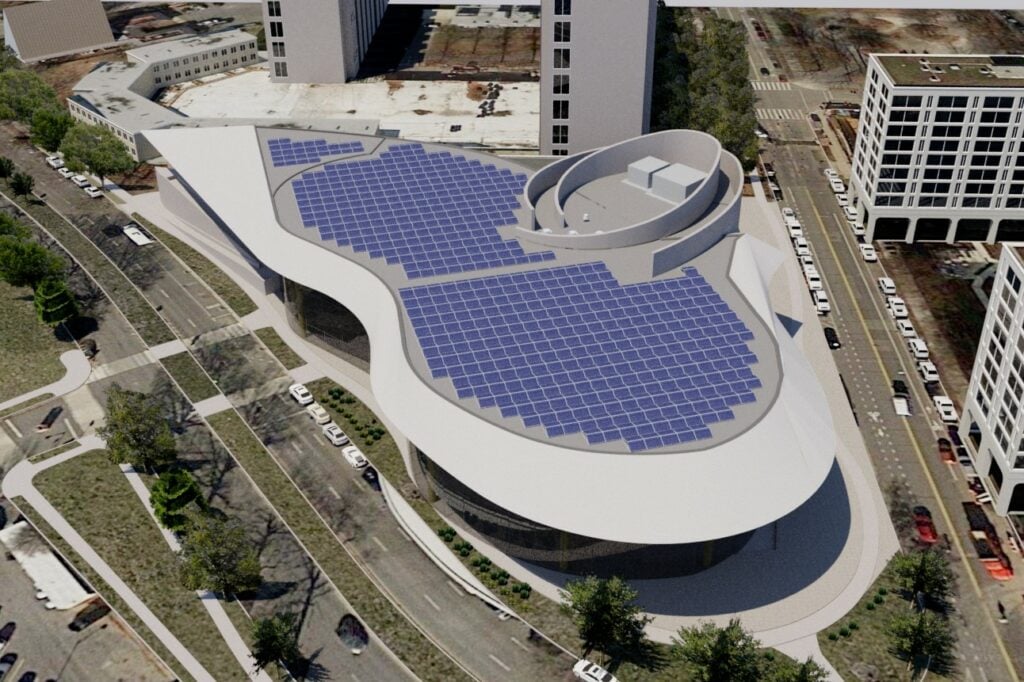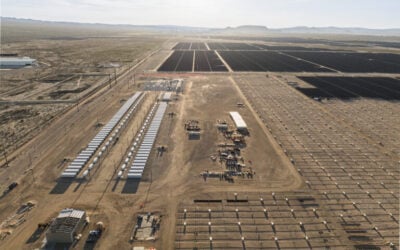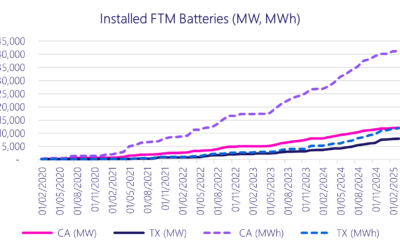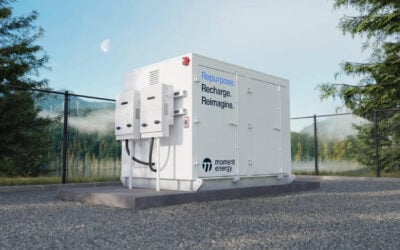
Behind-the-meter battery storage projects announced last week in California and Ontario will cut electricity costs and carbon emissions for a variety of commercial and industrial (C&I) businesses.
A portfolio of four C&I battery storage systems in Ontario’s greater Toronto area, totalling 25MW / 44MWh is being acquired by SWITCH Power. SWITCH, a Canadian renewable energy project developer, asset operator and independent power producer (IPP) is buying the CA$26 million (US$20.55 million) portfolio from clean energy software company Peak Power.
Enjoy 12 months of exclusive analysis
- Regular insight and analysis of the industry’s biggest developments
- In-depth interviews with the industry’s leading figures
- Annual digital subscription to the PV Tech Power journal
- Discounts on Solar Media’s portfolio of events, in-person and virtual
After the acquisition of the four operational projects is completed, SWITCH is then expecting to buy another 10 projects from Peak that are in the late stages of development, with those projects to come online within the next year and a half.
Peak’s energy asset optimisation software platform, called Synergy, has already been installed at the existing systems, sited at the premises of customers in the real-estate, asset management and industrial sectors.
The software, designed to interface with building loads and optimised using artificial intelligence (AI), enables the battery systems to choose which applications to perform at any given time; from cutting peak energy use to participating in ancillary services markets.
Renewable energy financing specialist RE Royalties is giving SWITCH a loan towards the portfolio acquisition and discussions are currently ongoing regarding a construction load for the projects in development.
Battery storage systems in Ontario at C&I facilities with several megawatts of electricity demand have been used to cut the Ontario Global Adjustment Charge (GAC) coincident peak pricing fees that their owners pay on their bills each month.
As with peak demand charges in the US, these charges can make up a significant portion of C&I power costs, between about 40% and 60% in some cases. Storage systems can also enter the transmission operator Ontario Independent Electricity System Operator (IESO) ancillary services markets.
However, while these have proven fertile market conditions for C&I storage, large-scale front-of-the-meter battery systems have been much slower in being deployed in the Canadian province.
In a Guest Blog for Energy-Storage.news last week, Justin Wahid Rangooni, executive director of trade group Energy Storage Canada argued that the ability of energy storage technologies to create flexibility, enable more renewables and enhance reliability of the Ontario grid needs to be better recognised at government level.
‘No-money-down’ deal for steel company in California
Also last week, EDF Renewables subsidiary PowerFlex won a contract to design, build and operate a 1,600kW / 5,567kWh battery energy storage system (BESS) at a facility of metals recycling company Schnitzer Steel Industries.
Located in Oakland, California, Schnitzer Steel’s new BESS will be able to charge from the grid at off-peak times and when there is the most renewable energy available from the company’s electricity supplier, community choice aggregator (CCA) East Bay Community Energy.
The battery system can be discharged to meet the metal company’s needs when those are at their peak, significantly reducing the amount of power bought from the grid and therefore the demand charges Schnitzer has to pay.
As with systems offered to C&I customers by other providers in the US like Stem Inc, the PowerFlex BESS is being deployed on a no-money-down basis, and through a performance-based contract where the BESS provider and customer share the electricity savings. In other words, PowerFlex only gets paid if Schnitzer Steel saves money on energy.
The BESS uses EDF’s energy management system (EMS), with real-time data gathered by the system and forecasting tools combined to figure out the optimum balance between pushing electrons into the batteries and pulling them out.
PowerFlex, which EDF acquired in 2019, said it expects the BESS to be enrolled into utility Pacific Gas & Electric’s new programme to encourage shifting of solar energy consumption to evenings, a pilot programme called ‘Option-S’.






